
In case the daily teasers and cover art reveals and previous blog posts all failed to tip you off, this is release week for Invasives, the second Radiants novel. It comes out on Friday, February 18! Yay!!
Release weeks are a big deal and we authors depend on early sales of new books to maintain series momentum and to get the new book front and center in the attention of the reading public.
And so, here are my top ten reasons why you need to buy INVASIVES!
10. I’m a good guy, and you want to help out my career!
9. Have you seen the jacket art?? I mean I know: book, cover, ixnay on the udgementjay. But this is a seriously cool cover, and, I have to say, it is quite representative of the story contained within.
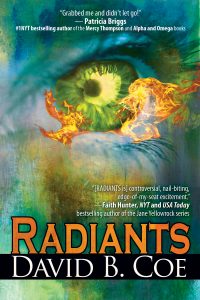 8. You read Radiants, right? Right? And so you know how good that book was. Why wouldn’t you want to read this one, too?
8. You read Radiants, right? Right? And so you know how good that book was. Why wouldn’t you want to read this one, too?
7. Along similar lines, I love this series, and I think if you give the books a chance, you’re going to love the series, too. And if the second book doesn’t sell, there won’t be a third. That is simple publishing industry arithmetic. Good sales mean a series continues. Bad sales not so much.
6. My lead characters are homeless teens living in the New York City subway tunnels. I’ve written about an entire underground culture and society — the Below — invisible to those of us in the Above. That alone should be pretty intriguing.
5. You’ve seen the teasers I’ve been putting up daily on social media. Tell me those haven’t whet your appetite for the story.
4. All kidding and promotional enthusiasm aside, this is the book I wrote during the time when I was first dealing with the news of my older daughter’s cancer diagnosis. Without this story, I’m not sure how I would have made it through those dark, difficult days. All my books mean a lot to me in one way or another. But this book in particular is one that I cherish and love, in part because the emotions of my journey as I wrote it come through in the narrative, the prose, the character arcs. This is, to my mind, a very special book.
3. As I mentioned in a recent post, the three lead characters came to me long, long ago — a decade ago, or more — and they have haunted me ever since. Their backstories are complex, as are their conflicted interactions with one another. This is some of the most intricate character work I’ve done — I’m quite proud of it actually.
2. My agent, the fabulous Lucienne Diver, told me when she first read the manuscript that this might well be her favorite of all the books I’ve written. Don’t you want to know why?
And my number one reason why you should buy this new book . . .
1. It really is a fun read, a moving read, an exciting read. The story includes characters with cool Radiant powers, assassins who will chill you to the core, and heroes who will make you stand up and cheer. The narrative will grab you on page one, and it won’t let go. Trust me on this.
You can order Invasives from:
Amazon | Barnes and Noble | Kobo | Google Books









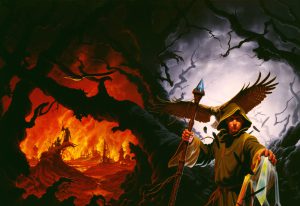 For the Thieftaker novels, Tor hired the incomparable
For the Thieftaker novels, Tor hired the incomparable  The thing to remember about artwork, though, is that it’s not enough for the covers to be eye-catching. They also need to tell a story — your story. The Thieftaker covers work because they convey the time period, they offer a suggestion of the mystery contained within, and they hint as well at magic, by always including that swirl of conjuring power in Ethan’s hand. The Islevale covers all have that golden timepiece in them, the chronofor, which enables my Walkers to move through time. All my traditional epic fantasy covers, from the LonTobyn books through the Forelands and Southlands series, convey a medieval fantasy vibe. Readers who see those books, even if they don’t know me or my work, will have an immediate sense of the stories contained within.
The thing to remember about artwork, though, is that it’s not enough for the covers to be eye-catching. They also need to tell a story — your story. The Thieftaker covers work because they convey the time period, they offer a suggestion of the mystery contained within, and they hint as well at magic, by always including that swirl of conjuring power in Ethan’s hand. The Islevale covers all have that golden timepiece in them, the chronofor, which enables my Walkers to move through time. All my traditional epic fantasy covers, from the LonTobyn books through the Forelands and Southlands series, convey a medieval fantasy vibe. Readers who see those books, even if they don’t know me or my work, will have an immediate sense of the stories contained within.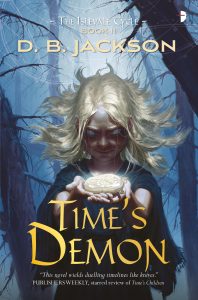 In the same vein, poor marketing practices by a publisher, even if inadvertent, can doom even the most beautiful book. I LOVE the art for Time’s Demon, the second Islevale novel. But the novel came out when the publisher was going through an intense reorganization. It got little or no marketing attention, and despite looking great and being in my view one of the best things I’ve written, it was pretty much the worst-selling book of my career.
In the same vein, poor marketing practices by a publisher, even if inadvertent, can doom even the most beautiful book. I LOVE the art for Time’s Demon, the second Islevale novel. But the novel came out when the publisher was going through an intense reorganization. It got little or no marketing attention, and despite looking great and being in my view one of the best things I’ve written, it was pretty much the worst-selling book of my career.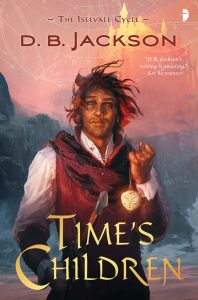 The thing is, we writers do and must “write what we know.” But we understand that “what we know” does not equal “what we have lived.” Writing is all about emotion, about delving into the thoughts and feelings and visceral reactions of our point of view characters. I may not have ever traveled through time (for example), or investigated a murder in pre-Revolutionary Boston, or discovered that I possess supernatural powers and then been pursued by rogue government agents intent on killing my family and making me their weapon. (If you haven’t read Radiants, it’s really time you did.) But even if I haven’t done those things, I have lived the gamut of emotions my characters experience. I have known fear. I have been in love. I adore my children and have been frightened for them. I have been enraged. I have experienced physical pain and illness, exhaustion and hunger, desire and pleasure. I have known joy and confusion and shock, the thrill of ambition realized and the bitter disappointment of expectation thwarted. I can go on, but I think you get my point.
The thing is, we writers do and must “write what we know.” But we understand that “what we know” does not equal “what we have lived.” Writing is all about emotion, about delving into the thoughts and feelings and visceral reactions of our point of view characters. I may not have ever traveled through time (for example), or investigated a murder in pre-Revolutionary Boston, or discovered that I possess supernatural powers and then been pursued by rogue government agents intent on killing my family and making me their weapon. (If you haven’t read Radiants, it’s really time you did.) But even if I haven’t done those things, I have lived the gamut of emotions my characters experience. I have known fear. I have been in love. I adore my children and have been frightened for them. I have been enraged. I have experienced physical pain and illness, exhaustion and hunger, desire and pleasure. I have known joy and confusion and shock, the thrill of ambition realized and the bitter disappointment of expectation thwarted. I can go on, but I think you get my point.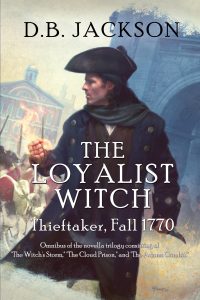
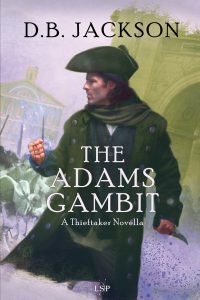 And so around that time, unsure of what to write next, I acted on an idea I’d had for several years. I hung out my virtual shingle as a freelance editor. Work came in quickly, and before I knew it I was editing a series for one friend, and talking to others about future editing projects. I also released the Thieftaker novellas. And prepared for the October release of Radiants. And started gearing up for the Kickstarter for Noir, the anthology I’m co-editing for
And so around that time, unsure of what to write next, I acted on an idea I’d had for several years. I hung out my virtual shingle as a freelance editor. Work came in quickly, and before I knew it I was editing a series for one friend, and talking to others about future editing projects. I also released the Thieftaker novellas. And prepared for the October release of Radiants. And started gearing up for the Kickstarter for Noir, the anthology I’m co-editing for 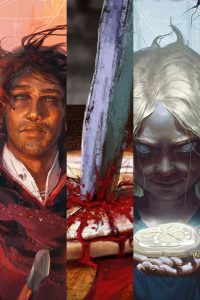 A couple of years ago, I put the finishing touches on the third book of a time travel/epic fantasy trilogy called the
A couple of years ago, I put the finishing touches on the third book of a time travel/epic fantasy trilogy called the 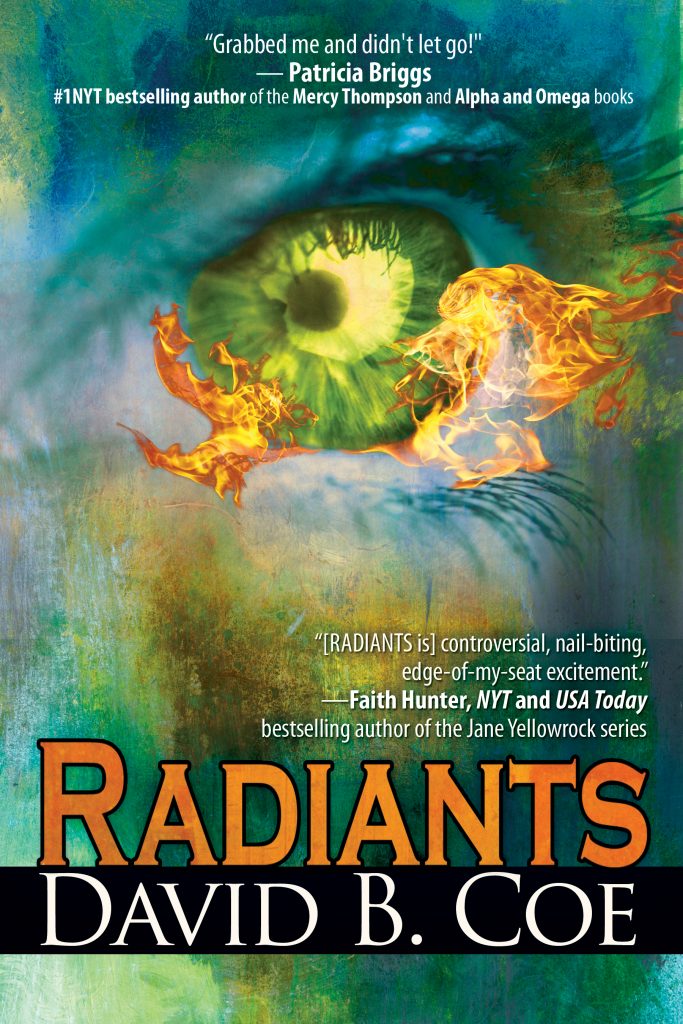 And that next book turned out to be Radiants.
And that next book turned out to be Radiants.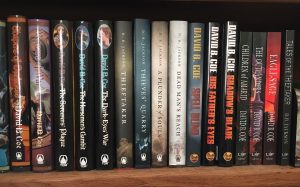 As I mentioned in
As I mentioned in